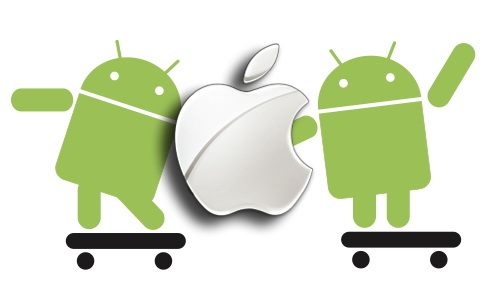


Competition

Cost
The Graphic Waterfall appears to have been invented sometime in the 70's and since then has been turned into a commercial product by companies like Aquascript and Aquagraphics. These companies do not display their prices freely, but it appears that imitation products from China cost from $12k to $100k. If we assume that the authentic product costs more than the Chinese versions, then it's obvious that such products are very expensive. This would explain why it seems that waterfall displays are only bought for high profile locations (casinos, malls, subway stations, etc.) and only rented for special events (Jeep's conventions, celebrations, etc. - see Aquascript's history).

Market
In addition to being expensive, these commercial products are physically large. The smallest display for sale from both companies is 2-3 meters wide. This width is large enough to ensure that a great variety of images are able to be displayed, but this also means that these products are impractical for more everyday use such as in a home, in a shop's display, or a hotel lobby. As far as user interaction goes, graphic waterfalls are either stuck with preset images/patterns or, as in the case of Aquascript's products, they have limited user interface (users can send SMS messages to be displayed). In order to offer something new to the table, we want our waterfall display to fill a niche that the current commercial versions do not. That is to say, we want to make a smaller, cheaper, and more interactive display.
Goals

Mid-semester Demo
By the time our mid-semester demo is upon us we aim to have the entire mechanical system functional. We feel that a good goal for this point would be to simply be able to display preset images and text, perhaps "Hello World." For this demo it is not absolutely necessary to have built the supports for the valve array - it would be sufficient to have someone stand on a table and hold the valve array in his/her hands. Besides having the mechanical system simply working, we would like to have the images be legible and to have a resolution of at least 10-20 valves. For this demo we feel that it would be acceptable to use a PC or laptop to send commands to our system.

Final Demo
For our final demo we aim to have our system receive images created by both Android and iPhone apps via WiFi and then subsequently display them. If we somehow had an increased budget, we would also like to implement more valves (perhaps 30-50). We would obviously aim for having some sort of structure to hold up our valve array at an acceptable height (8-10ft?). In between displaying user images we would like our system to display some sort of default preset image, which can be either a slide show of our team designs or a clock that updates every second. In addition, we would like our system to be completely independent of a PC or laptop and have our microprocessor or microcontroller handle everything in terms of software and wireless communications. We would also like to have implemented some if not all of our optional goals (see section I-6) to make our booth more attractive and eye-catching.